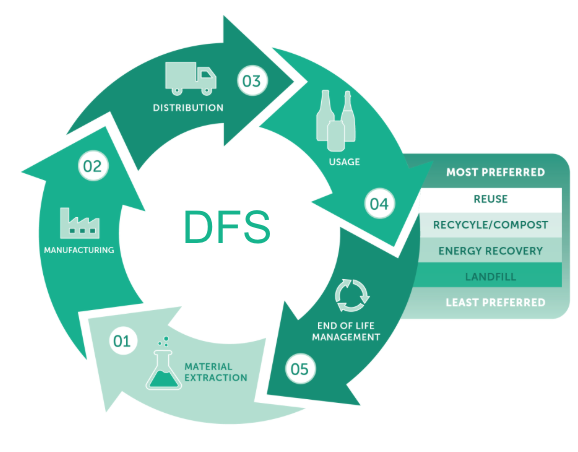Time to read: 3 min
For the last few weeks, the news has been dominated by the spread of the coronavirus and its rising death toll. The outbreak is also continuing to have a major impact on the manufacturing world with seemingly no end in sight. This is also causing older supply chain models to show just how fragile they can be, especially when affected by unpredictability in the market.
Looking back, the 2011 tsunami that hit the coast of Japan brought with it a supply chain disruption that caused factory closures and cost increases of up to 30%. Electronics manufacturers slowed or halted production during the aftermath of the natural disaster, and that ripple effect hit industries across the board. Nearly every automaker, even those with no actual plants in Japan, was threatened by production stoppages because the necessary electrical components wouldn’t be produced in time.
Traditional Supply Chains Lacking Transparency
While companies may not have been able to predict the coronavirus outbreak, it does seem that more traditional supply chains are missing key components that could help prepare companies for unpredictability. For example, a recent Harvard Business Review Analytic Services (HBRAS) report shows that businesses feel that they don’t have the transparency they need in their supply chains. Of executives polled in the HBRAS report, 90% said that increased transparency actually leads to more well-informed decisions throughout their businesses.
A lack of transparency usually increases when predictable disruptions happen, as delays and added chaos usually cause more chaos than normal. However, it only worsens when unpredictability enters the equation. Looking back, the 2011 tsunami that hit the coast of Japan brought with it a supply chain disruption that caused factory closures and cost increases of up to 30%. Electronics manufacturers slowed or halted production during the aftermath of the natural disaster, and that ripple effect hit industries across the board. Nearly every automaker, even those with no actual plants in Japan, was threatened by production stoppages because the necessary electrical components wouldn’t be produced in time.
Can Unpredictability be Avoided?
Fast forward to 2020, and companies worldwide are pausing production in light of the coronavirus. Under Armour announced that they’re expecting up to a 60% revenue hit, and Apple has also warned that they expect sales to fall short of expected targets. For the electronics industry, it’s possible the effects of the outbreak may disrupt manufacturing well into the 2020 holiday season, experts say.
“Predicted supply chain disruption is one thing, but unexpected disasters with no clear light at the end of the tunnel is quite different,” a source told EPSNews, when speaking about the spread of coronavirus. “This is a prime example of the need for a robust and agile supply chain with a digital thread, so you can see in real time what is going on.”
Ultimately, supply chain disruption is a reality that every company will encounter at some point. The coronavirus outbreak is just the latest example of volatility and unpredictability in the manufacturing world, and there will always be more to come. But there are ways to prepare for the future to reduce the risk of these disruptions and make unpredictability in manufacturing predictable.
We’re excited to host a live webinar on March 12th as we bring together industry experts to answer those pressing questions that every company should be responding to. Join Fictiv’s VP of Operations Jean Olivieri, Supply Chain Resources Group Founder Ron Keith, and supply chain and manufacturing journalist Philip Stoten as they walk through the costs of unpreparedness, mitigating that business risk, and how to build a supply chain for the future.
Register here and send in your questions to get the details you need to plan for unpredictability.











